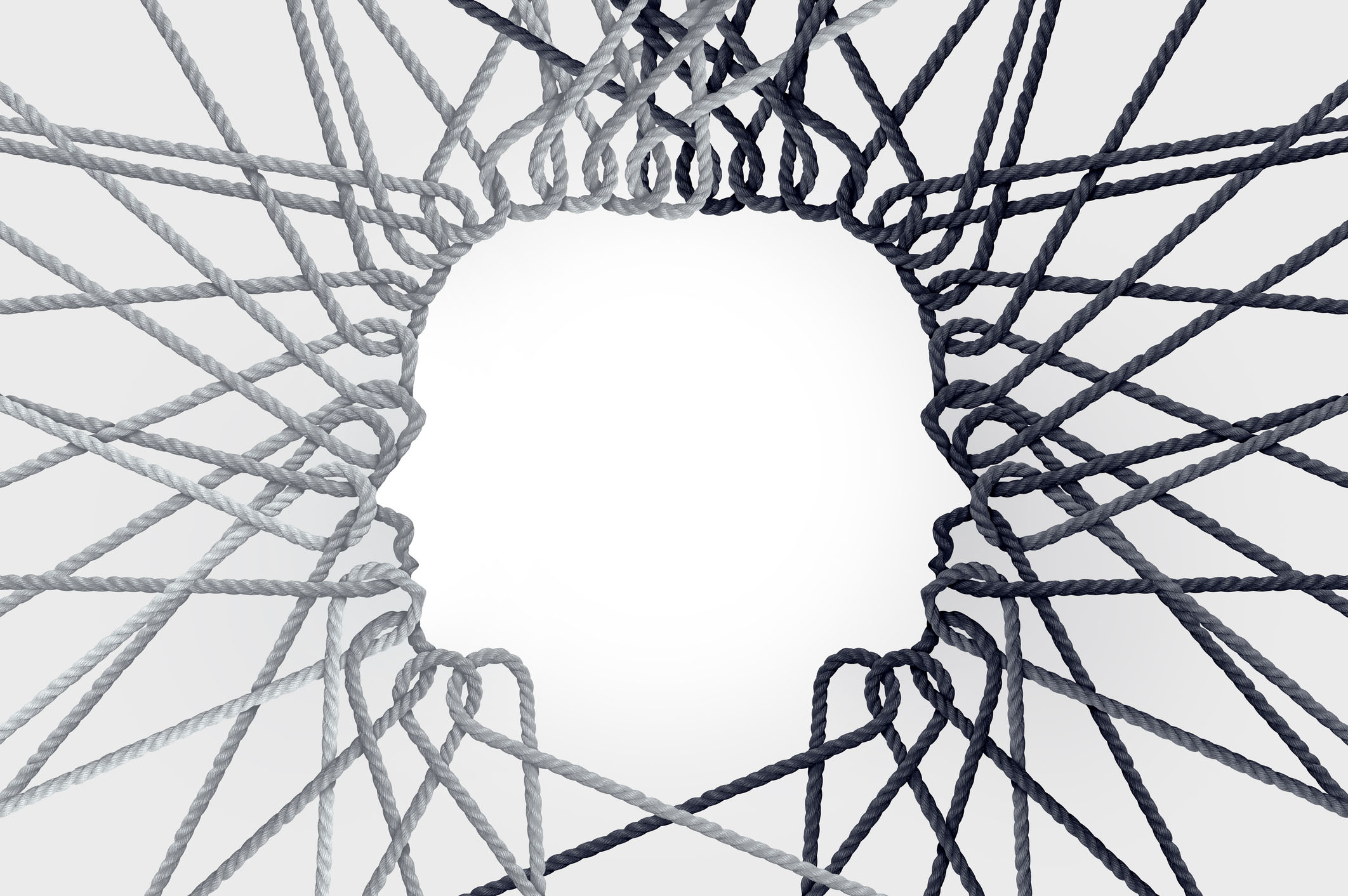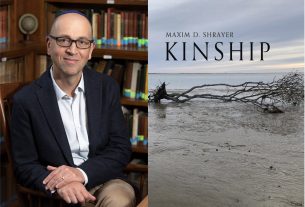“Eilu v’Eilu Divrei Elokim Chayim” — “These and those are the words of the Living G-d.”
—Talmud, Eruvin 13b
As a clinician, licensed social worker, Orthodox Jewish woman, and disabled professional, I live in a world where two seemingly contradictory truths must often coexist—sometimes uneasily.
I can be highly educated and permanently disabled.
I can be a deeply competent, effective therapist, and unable to drive.
I can carry the strength of generations and still feel profoundly unseen.
In prior roles, I disclosed my disability and how it shapes my scheduling needs. Recently, following colleagues’ advice, I submitted cover letters to agencies emphasizing my clinical strengths and commitment to trauma-informed care, along with my need for remote accommodations under the Americans with Disabilities Act (ADA) due to a non-visible, permanent disability that prevents me from driving.
Initial responses were often enthusiastic. But then came the phone call:
“When can you come in to work in person?”
“As I mentioned in my cover letter, I don’t drive due to my disability.”
“But you’re a therapist — how can you not drive?”
This disbelief was not merely logistical. It revealed a deeper struggle to understand duality: how strength and limitation, visibility and invisibility, capacity and need can coexist in one person.
Psychology & Duality
In psychology, dialectics—the foundation of Dialectical Behavior Therapy (DBT) — teaches us that two opposing realities can be true simultaneously. We can accept ourselves and still desire growth. We can be effective and still need support.
We teach this to our clients every day. Yet society often fails to extend the same grace to its professionals.
Ableism thrives on binary thinking: you’re either “disabled” or “functional.” But disability is complex, dynamic, and often invisible, and it does not define the whole person. My disability does not diminish my empathy or clinical insight; if anything, it deepens them.
Sociology & Stigma
Disability often intersects with other identities to create double marginalization. As a visibly Orthodox Jewish woman, I am frequently judged before I even speak. Layered onto that is skepticism about my disability, forcing me to prove my worth in ways my non-disabled peers never must.
Disability often intersects with other identities to create double marginalization. As a visibly Orthodox Jewish woman, I am frequently judged before I even speak. Layered onto that is skepticism about my disability, forcing me to prove my worth in ways my non-disabled peers never must.
Erving Goffman described this as the “spoiled identity”—a stigma requiring constant impression management to fit into normative structures. Despite my credentials and experience, I face this challenge daily.
Anthropology & Culture
American professional culture idealizes the endlessly mobile, tireless, always-available provider—a modern myth of invulnerability. This clashes with the essence of healing: empathy, relationship, and humanity.
In contrast, many Indigenous and Eastern cultures honored disabled elders and healers as sources of wisdom, valuing lived experience rather than viewing disability as diminished capacity. Why has modern society lost this perspective?
Historical Memory & Jewish Legacy
History reminds us of great thinkers and leaders who lived with disabilities, often in silence:
- Rabbi Yehuda HaNasi compiled the Mishnah while enduring chronic pain.
- Helen Keller, deaf and blind from childhood, became a pioneering advocate and author.
- Temple Grandin, living with autism, revolutionized animal science through her unique perspective.
- Rabbi Dr. Abraham J. Twerski, zt”l, a renowned Hasidic rabbi, psychiatrist, and addiction specialist, openly spoke about his struggles with mental health and substance abuse, turning his personal challenges into a lifelong mission of healing and teaching. His legacy reminds us that vulnerability and leadership can powerfully coexist.
- Within the Jewish community, Chava Willig Levy, a wheelchair user and writer, challenges communal assumptions about disability, marriage, and faith.
History reminds us of great thinkers and leaders who lived with disabilities, often in silence.
Their legacies endure not despite limitations but through them. Their disabilities did not disqualify them from leadership—they simply required accommodation and imagination.
Torah & Truth
Duality is woven into creation itself: “And there was evening, and there was morning…” (Bereishit 1:5). Light and darkness, joy and sorrow, strength and fragility are not opposites but partners in the human experience.
Moshe Rabbeinu, Judaism’s greatest leader, had a speech impediment and pleaded for relief. Hashem’s response was not to remove the limitation but to provide support: “Aharon, your brother… shall speak for you.” (Shemot 4:14–16) Leadership is not about perfection—it is about purpose.
The Torah commands: “Do not place a stumbling block before the blind.” (Vayikra 19:14) Our sages interpret this broadly: to avoid creating unnecessary barriers that hinder those already capable.
We ask our clients to accept complexity; now we must ask the same of our institutions.
Remote work, accessible supervision, and respect for disabilities—visible and invisible—are not acts of kindness. They are inalienable rights.
In a mental health landscape facing critical shortages, the solution is not to be gatekeepers based on outdated assumptions about who “looks like” a therapist or who can drive a car.
The solution is to embrace duality: to make space for clinicians who carry brilliance and brokenness, skill and struggle.
We are not anomalies—we are models of resilience, quietly showing that wholeness does not erase limits; it integrates them with dignity.
Ariel Rose Goldstein, LSW, LMSW, is a licensed trauma therapist and writer who integrates Jewish values with mental health and disability advocacy. She lives in New Jersey with her husband and is expecting their first child in early fall.




